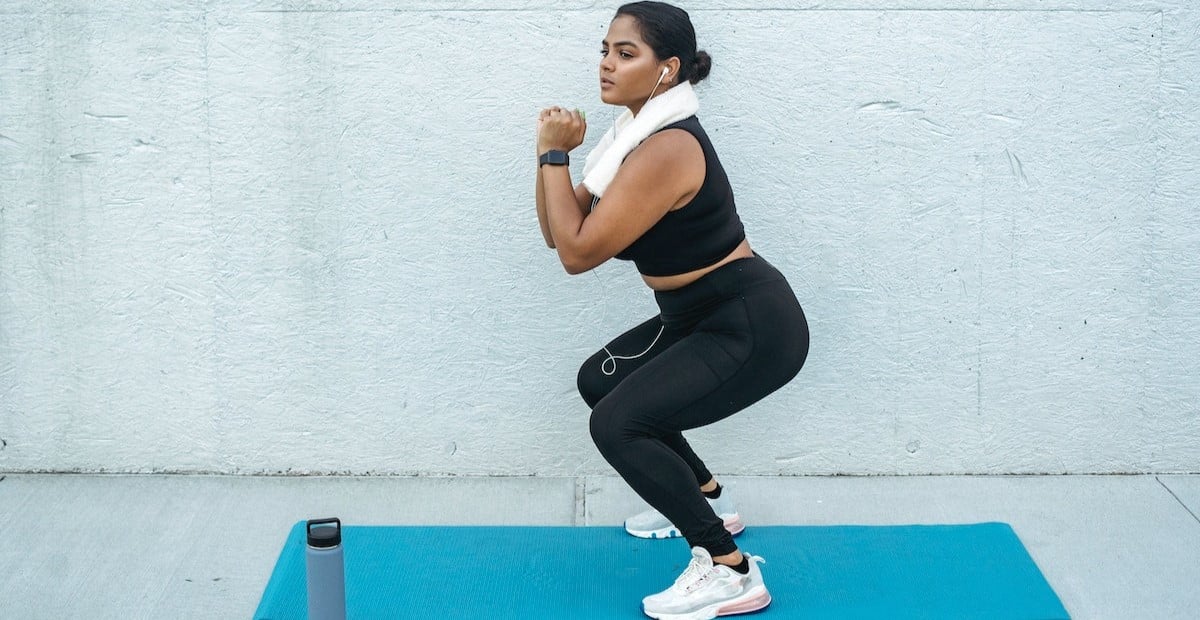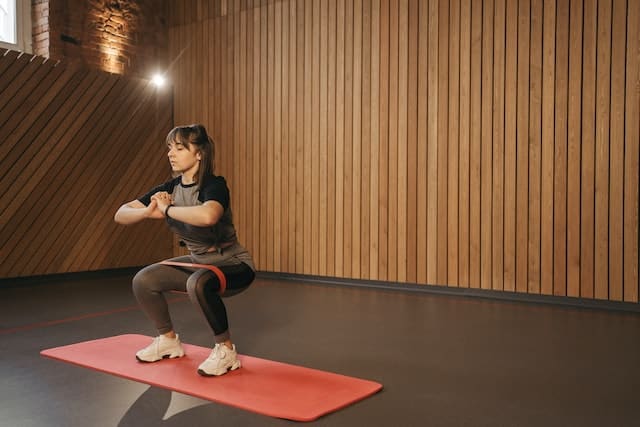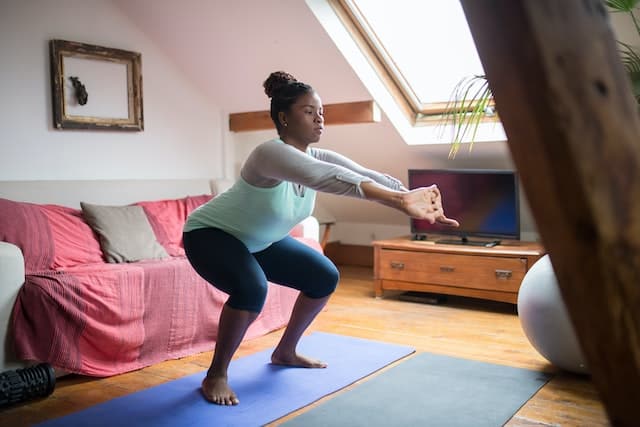
Contents
Sumo squat variations, standard sumo squat position, and sumo squat development – there’s a lot to them, let’s break them down
Just like political opinions or interior design approaches, sometimes, it feels like there are too many conflicting options. It’s very difficult to nail down which approach or viewpoint to go for but, as you learn more and refine your palette, you’ll usually find your position too.
Exercise variations are similar in this sense, except… each variation undoubtedly benefits you in one way or another. From inner thighs to outer calves, lower body muscles to upper body areas, you have so many empowering options when it comes to lifting.
But today, we’re focussing on squats. Your inner thigh muscles, also known as your adductors, are a target in today’s variation. This squat variation will do wonders in the usual squat areas… but why else should you be trying this variation?
How to
Let’s take a look at the most basic iteration of the sumo squat and identify what you need to do in order to execute one properly.
A few things first…
You’ll need to make sure you monitor your entire movement getting in touch with each muscle involved (mind muscle techniques) in order to perform the move correctly.
Let’s look at a routine by Verywell Fit to see how you could execute this pivotal exercise.
”Stand with your feet slightly wider than hip-width apart (this could be shoulder width apart), your toes pointing outward at about 45 degrees. Your hips should be rotated outward, too. This is the starting position.
- Inhale while pushing your hips back and lowering into a squat position. Keep your core tight, back straight, and knees forward during this movement.
- Exhale while returning to the starting position. Focus on keeping your weight evenly distributed throughout your heel and midfoot.”
Sound easy?
Keep practising until it’s right and always feel free to check out YouTube videos to help.
Plus points
So why really do these in the first place?
Building lower body strength should always be a focus of most athletes. Why? because so many athletic movements either rely on or could be bettered by lower body strength.
Fact.
Improving stability and balance for the same reason is of obvious desire too. Think about running for a second – your body is wasting energy and resources by making (what could be) unnecessary adjustments to keep you upright. You want all your energy focused on the right stuff, so you don’t fall into this pattern.
Make sure to keep resources where they should be by training the fundamentals. other examples include aerobic capacity and muscle flexibility.


Conclusion
Sumo squats have the added advantage of being able to be completed at home, with no equipment and in a timely fashion. This movement is powerful in more ways than discussed in this post, so be mindful of reading more about what could be aided by them.
Get to it!
FAQs
What really is a traditional squat?
A strength exercise in which the trainee lowers their hips from a standing position and then stands back up. A traditional standard squat is a great additional to any workout routine.